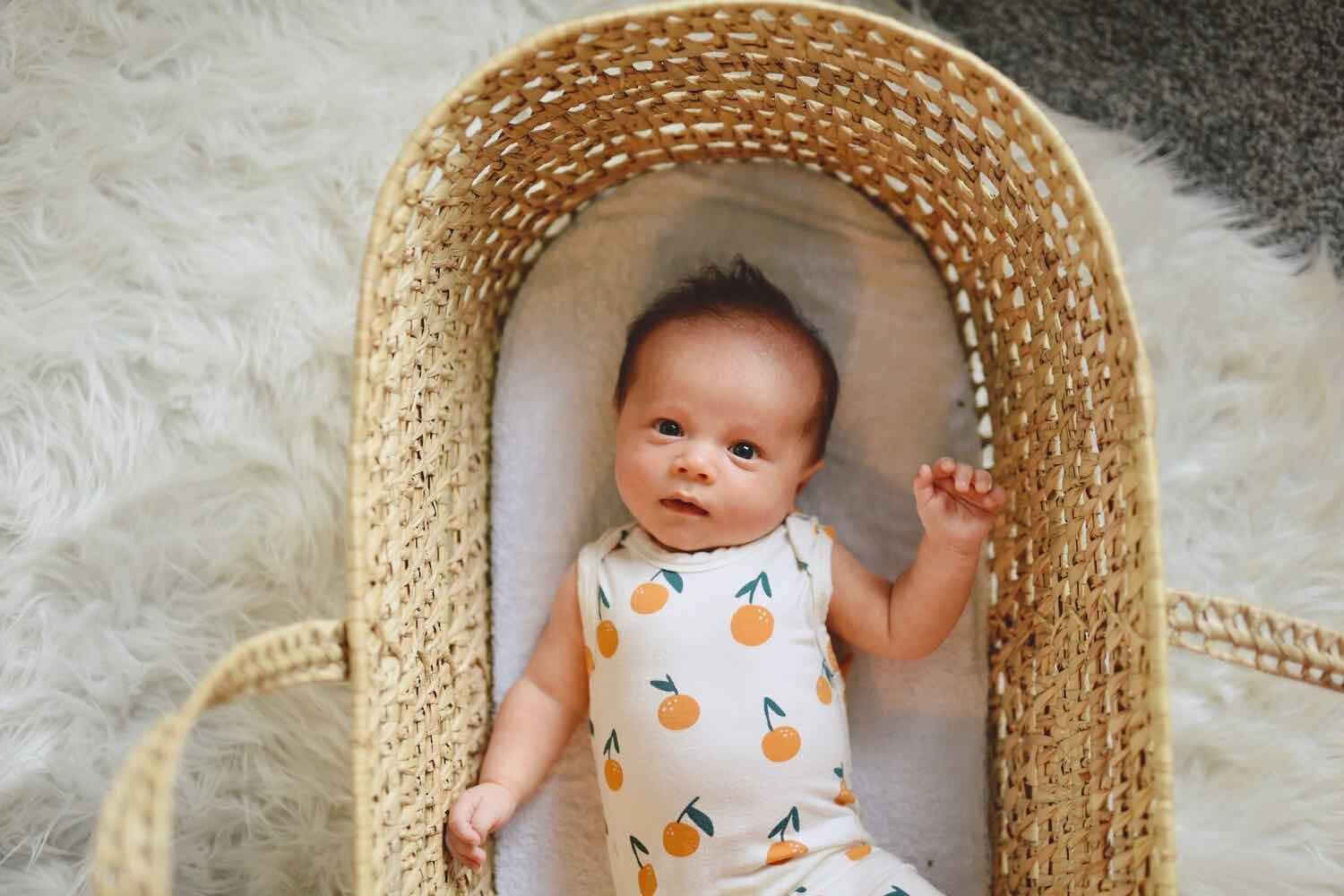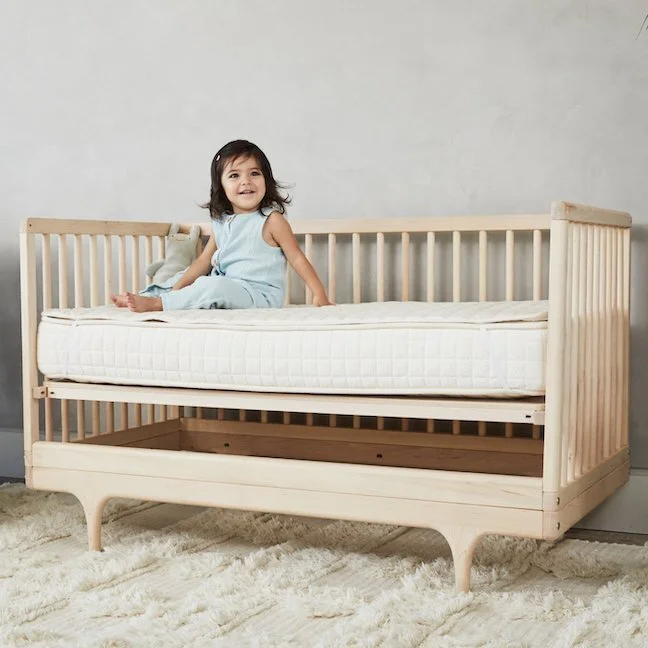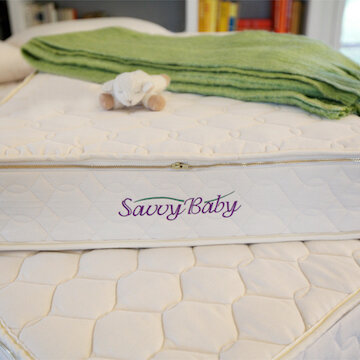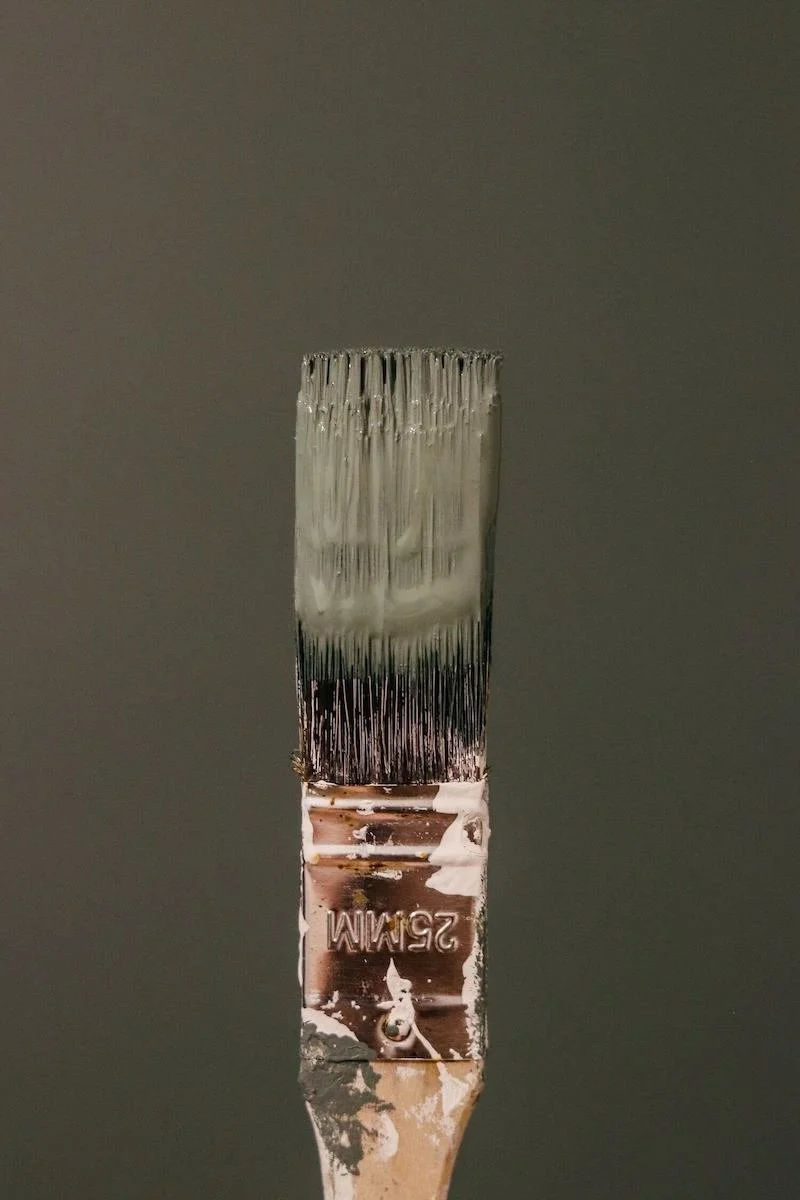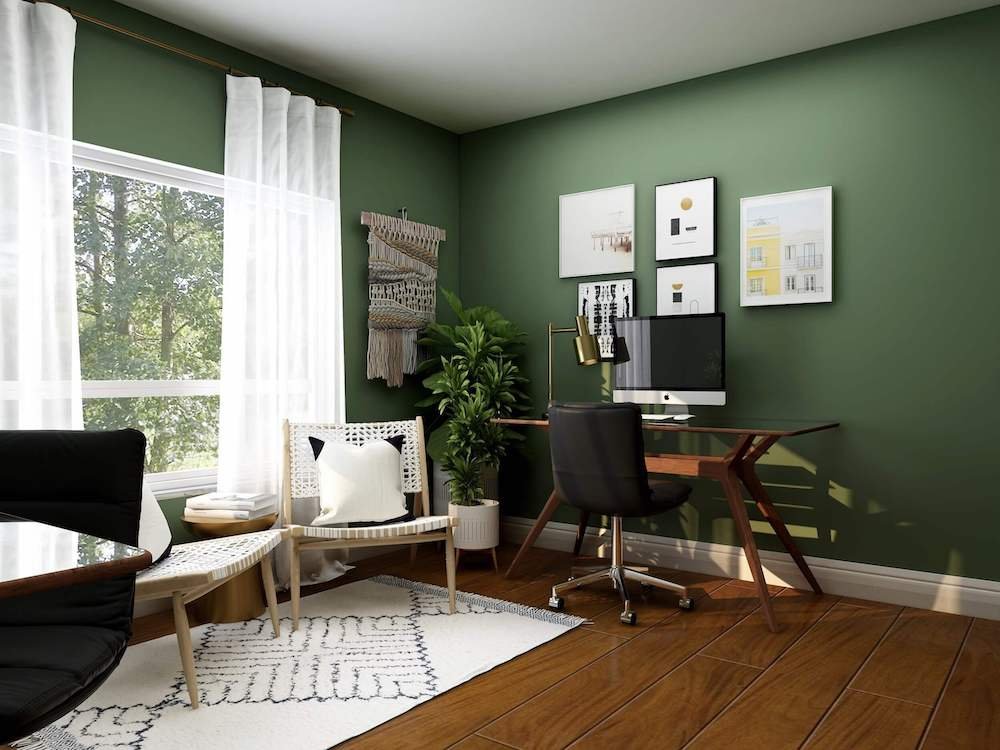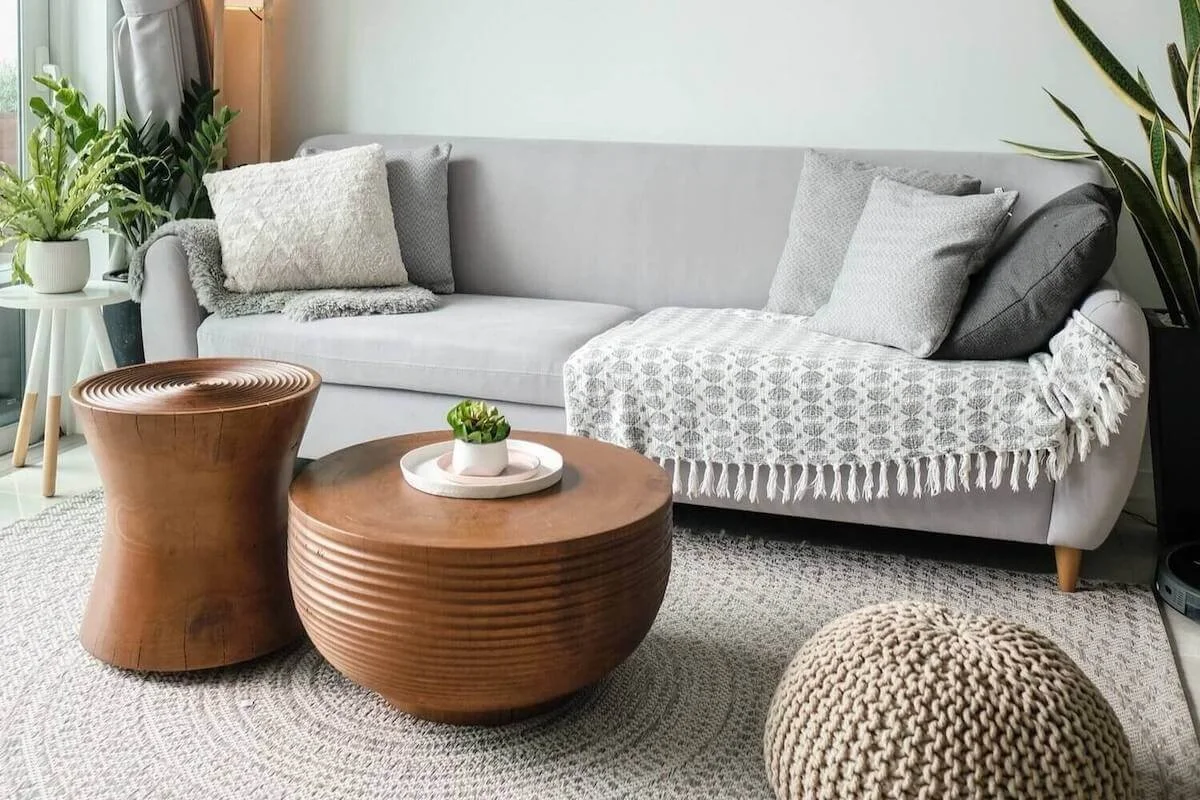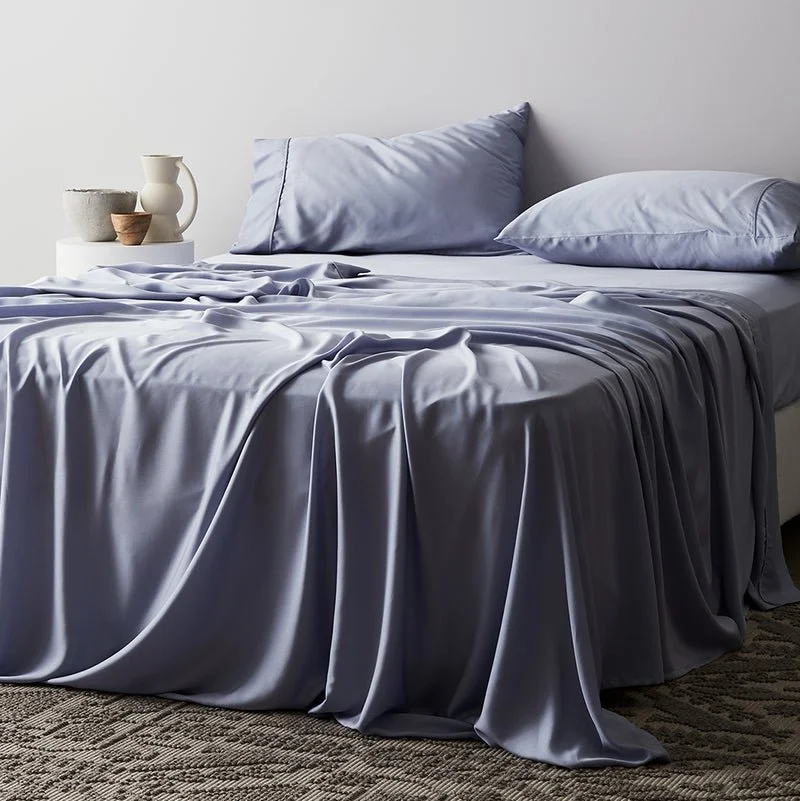The Best Non-Toxic & Organic Crib Mattresses for Safe Sleep
When putting your young children to bed you want to make sure they're sleeping in a safe setting.
While parents commonly think about safety when it comes to locking doors or child locks on cabinets, the materials kids are sleeping on can be dangerous too.
The toxic chemicals in mattresses creating a noxious cloud should be a matter of concern.
The recent shift to sustainable living has encouraged parents to consider searching for a safe mattress made with natural materials.
Parents are becoming more aware of the synthetic materials and searching for non-toxic environmentally friendly alternatives to standard crib mattresses and other items commonly found in the nursery.
Finding the right toddler or crib mattress can be a challenge. This guide explores harsh chemicals to look out for when mattress shopping, high quality green mattress options for babies and toddlers, and tips for shopping for your kid safe bed.
Are there harmful chemicals in my baby’s mattress?
Traditional mattresses are filled using polyurethane foam because it’s cheap and easily mass-produced.
Their production involves a chemical reaction between di‐isocyanates and polyols, products derived from crude oil.
It’s an energy-intensive process that exposes the environment, impact indoor air quality for factory workers, and exposes those living in the area to toxic fumes and chemicals. Needless to say mattress production is not the best for human health or Mother Earth.
What are VOCs?
Unfortunately the harm doesn’t end with the finished product. The polyurethane used in mattresses is known to release volatile organic compounds (VOCs), as do chemical flame retardants and glues used in mattresses.
VOCs are compounds which can quickly form into gas. Off gassing is when these VOCs are released into the air due to our own body heat when we lie on mattresses.
Think of the that smell you get when you unwrap a mattress for the first time…it’s usually not a very clean scent. While many people believe that VOCs go away when the smell goes away, it could take years for this to stop.
VOCs may cause eye, nose, and throat irritation; headaches; nausea; fatigue; breathing problems, and, in the long run, even organ damage.
VOCs like benzene and formaldehyde – which can also be found in polyurethane foam – have been associated with an increased risk of cancer.
Back in the days when smoking in bed was a common practice, mattresses could easily catch fire, with devastating results.
As many of the products used to make mattresses are highly flammable, they were covered in flame-retardant chemicals to prevent this. The only problem is that these chemicals are highly dangerous.
Flame retardants include boric acid, antimony, and bromine, which can cause heart, eye, and lung problems.
While the chemicals in the foam, fire retardants, and other components of your mattress may be released into the air, and your body heat may increase emissions, it’s not likely to adversely affect your health.
However, when it comes to babies, we need to be more careful.
A baby’s skin is thinner and more porous than an adult’s, placing it at greater risk of absorbing VOCs. Babies sleep a lot more, which means a lot of time spent on their crib mattresses.
They also breathe at a faster pace and inhale a higher air volume per body weight than adults.
This means babies are in closer proximity for a longer period of time to toxic chemicals they’re more vulnerable to.
One way to limit their exposure to these toxic chemicals is by investing in a non-toxic crib mattress.
Shopping Tips for Eco-Friendly and Non-Toxic Crib Mattresses
Non-toxic crib mattresses contain reduced amounts of toxic chemicals or none at all. They are typically free of polyurethane and chemical fire retardants.
When shopping for non-toxic crib mattresses, look for options made from materials like natural latex, organic cotton, organic wool, bamboo, and hemp.
Mattresses made from wool and cotton are inherently fire resistant, thus not requiring the application of chemical fire retardants to meet safety standards.
Wool is also antimicrobial and naturally resistant to mold, mildew, and dust mites (there come those bedbugs). Natural latex is a good alternative for polyurethane foam and synthetic latex. Like polyurethane, synthetic latex is a petroleum product full of toxic chemicals, making natural latex the safer and more eco-friendly option.
Think twice about labels that say green, eco-friendly, and even plant-based. So-called plant-based mattresses may contain only a small amount of plant-based oils alongside polyurethane foam, making no significant difference to the product’s eco-friendliness or non-toxic materials. These terms are not regulated, making it easy for brands to play fast and loose with their interpretation. The same applies to soy-based foam mattresses: there’s usually only a small amount of soy oil alongside the typical toxic and environmentally unfriendly polyurethane.
Choose a mattress with layers sewn together, as this avoids the use of glues containing toxic chemicals. Non-toxic crib mattresses are more expensive, so if they’re not within your budget, start with pillow and mattress covers made from natural or organic materials.
Pay attention to labels so you can keep an eye out for toxic materials you may want to avoid such as polyurethane foam, fire retardant chemicals (like PBDEs), and polyvinyl chloride (PVC) and vinyl. These last two are used in antibacterial and waterproof covers and contain chemicals like antinomy and phthalates.
Third Party Certifications for Mattresses
Take note that mattress companies are not required to disclose what goes into their mattresses. If you want to know what’s in your mattress it's a good idea to send a foam sample to Duke University’s Foam Project.
The Foam Project allows any US residents to submit a sample of polyurethane foam from furniture, car seats, or any other product containing PUF through Duke's website.
After completing the form and mailing the samples to Duke University, individuals are noticed by e-mail when Duke receives the sample, samples are then analyzed in a labtarory for the presence or absence of seven common flame retardant chemicals.
Within 6-8 weeks participants are notified with a detailed report sharing the findings.
On the flip side, seek products that carry certifications ensuring ethical, sustainable, and non-toxic production such as the below.
Global Organic Textile Standard (GOTS certification)
Prop 65 labels. This label notes the presence of carcinogens and reproductive toxins in products sold in California.
You may come across the CertiPur label while browsing for non-toxic crib mattresses.
While this certification does ensure volumes of certain chemicals are lower or not present at all, their certification standards are not as high or extensive as some of the others.
On that note, remember that certification may not apply to every layer or component of the entire mattress.
Are natural mattresses more expensive?
Yes, with higher quality materials we are going to see a higher price point. However, this is a big purchase that is an investment in your child’s health and will be used for quite some time. The recommended brands below have organic mattresses ranging from $270- $1350.
The Best Organic Crib Mattresses to Shop
These crib mattresses are a wonderful starting place when searching for the best organic crib mattresses for standard cribs or a toddler bed.
These non-toxic mattress brands are top picks for safe mattresses whether your child prefers a firm side or softer side.
These brands are also a great choice to consider for eco-friendly bedding accessories for your baby's crib such as a crib mattress cover, mattress protector, organic cotton fabric crib sheets, or a mattress pad.
All of these brands also have sustainable adult mattresses for any parents who need to refresh their bed to prepare for parenting!
These recommendations do contain affiliate links. The Honest Consumer will receive a commission if you decide to make a purchase. Our commission is at no additional cost to you.
Naturepedic Made Safe Certified Crib Mattress
Naturepedic organic baby mattresses eliminate hazardous chemicals found in conventional mattresses while offering a more natural and non-toxic alternative for parents.
Naturepedic products are certified to the organic and non-toxic standards of the Global Organic Textile Standard (GOTS). Their crib mattresses are also Made Safe certified too!
These eco-friendly crib mattresses meet all fire safety standards without ANY flame retardant chemicals or flame barriers whatsoever.
Naturepedic has a range of crib mattresses including Mini, Oval, Breathable, Classic, and more. Their organic crib mattresses range from $249-$500.
Naturepedic is also a member of 1% For The Planet where they donate a portion of proceeds to environmental causes.
Avocado Mattress: An Affordable Organic Baby Mattress
Designed in New Jersey and handmade in California, Avocado Mattress aims to bring customers certified organic, natural, and non-toxic mattresses, pillows, and bedding, including crib mattresses.
Avocado’s factories are powered by renewable energy and they make their own natural latex, which is GOLS-certified.
Avocado is also certified by Eco-INSTITUT, GOTS, Green America, and Made Safe, amongst many others. For example, Avocado Mattress' organic crib mattress features no petroleum-based polyurethane foams, no chemical adhesives, no vinyl waterproofing, polyethylene, or flame retardant chemicals.
Just pure, healthy, natural materials — at an affordable price. This baby mattress features a GREENGUARD Gold certification and a coconut fiber that’s infused with 100% GOLS organic certified latex and 100% GOTS organic certified wool and cotton.
The result is a gentle, delicate feel that’s supportive, breathable, and soothing for your little one. Avocado Mattress has multiple different options for mattresses with prices as low as $270 ranging up to $1250.
Nest Bedding: Non-Toxic Mattresses Made in the USA
Handmade to order in Phoenix, Arizona Nest Bedding specializes in bedding from mattresses and bed frames to organic cotton sheets and duvets. Their crib mattresses are certified by GOLS, GOTS, and GREENGUARD certified.
Nest Bedding's options for children include the BKB mattress and the Certified Organic Crib Mattress.
The BKB mattress is made in the United States with CertiPUR-US certified foams, no chemical fire barrier, nothing toxic.
This mattress is specifically made for kids & young people. The Certified Organic Crib Mattress is designed and built by the experienced craftsman at OMI, in Northern California.
OMI crafts all products in their certified ECO-FACTORY™ and is trusted to produce the highest quality sleep goods on the market.
Customers can choose between the Certified Organic Quilted Innerspring or the Certified Organic Latex options. This crib mattress is GOLS, GOTS, and GREENGUARD Gold Certified. Nest Bedding’s baby and toddler mattresses range from $350-$700.
Savvy Rest: Natural Crib Mattresses
Savvy Rest is an employee-owned company certified by Eco-INSTITUT, GOTS, GREENGUARD, and others. Their organic mattresses are made with organic cotton, organic wool batting, and natural latex, including their crib mattress.
Savvy Rest's choices for babies and children include the The Savvy Baby™ Talalay and the Savvy Baby.
The Savvy Baby™ Talalay is a GOTS-certified crib mattress made of a single, solid 5" layer of Firm natural Talalay latex in the Savvy Rest organic casing.
The Savvy Baby™ is a GOTS-certified crib mattress made of a single, solid 5" layer of Firm natural Dunlop latex in the Savvy Rest organic casing.
On top of using sustainable materials, Savvy Rest has also implemented a recycling program to keep mattresses out of landfills, taking in old mattresses to break down the various components and recycle them.
Savvy Rest’s crib mattresses range from $399-$599.
We hope this guide has helped you consider some natural crib mattress options and gives you the tools to chose the best organic crib mattress for your child. Hopefully these non-toxic mattress options allow parents to sleep well knowing their children are sleeping safe and sound.
For more ethical & sustainable fashion tips be sure to follow The Honest Consumer on social media, subscribe to our newsletter, & check out the Ethical & Sustainable Brand Directory.

